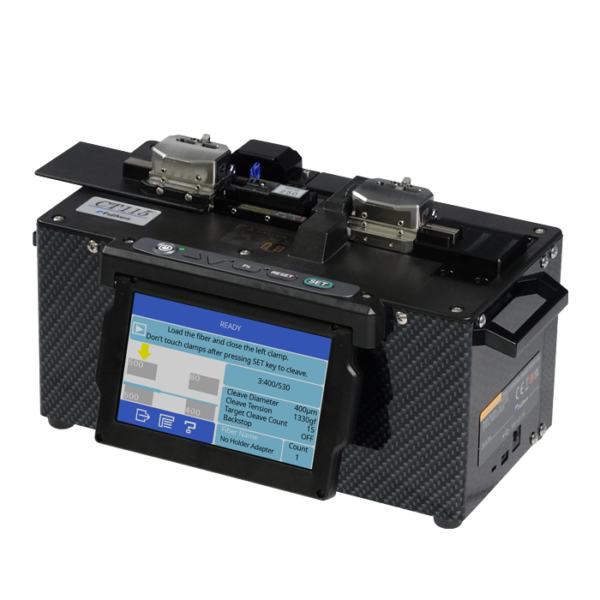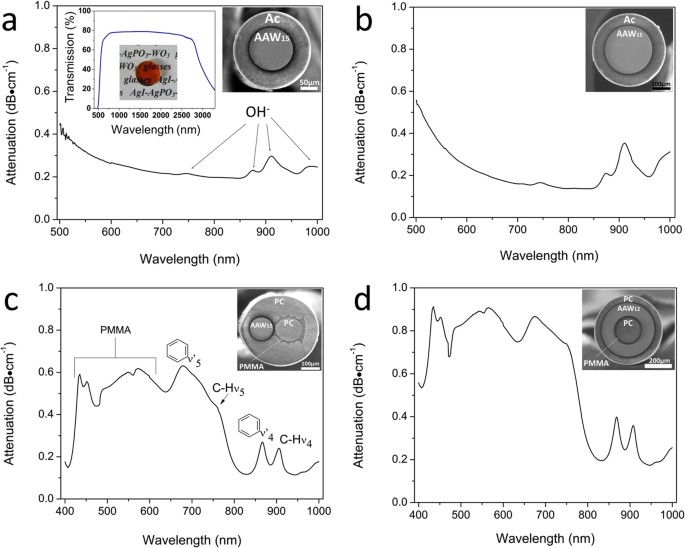Improve Fiber Quality with an Accurate Optical Fibre Diameter Analyser
Improve Fiber Quality with an Accurate Optical Fibre Diameter Analyser
Blog Article
Maximize Your Fibre Optic Performance: Understanding Optical Fiber Size Analyser Technology
The performance of fiber optic systems is seriously influenced by the precision of their diameter, an element commonly forgot in the quest of ideal signal integrity. Comprehending the technology behind optical fibre size analysers exposes the intricate equilibrium between dimension accuracy and production high quality.
Relevance of Optical Fibre Diameter
The diameter of optical fiber plays an essential role in identifying the performance and effectiveness of interaction systems. On the other hand, smaller sizes have a tendency to sustain less settings, which can boost signal quality and decrease crosstalk.

In addition, recognizing the size's implications can lead to set you back savings by decreasing the need for signal boosting and repeaters in comprehensive networks (optical fibre diameter analyser). To conclude, the value of optical fiber diameter can not be overstated, as it directly influences the overall efficiency and reliability of modern-day communication systems

How Size Impacts Signal Quality
Signal quality in optical fiber systems hinges significantly on the diameter of the fiber. The diameter affects a number of essential criteria, including depletion, transmission capacity, and modal dispersion. A smaller sized size can cause higher attenuation rates, resulting in signal loss as light journeys via the fibre. This depletion can jeopardize the honesty of the transmitted data, resulting in a decline in signal top quality, particularly over cross countries.
On the other hand, larger diameters normally allow for boosted light capture and reduced modal dispersion, boosting signal quality. In multimode fibres, a larger core size can support multiple light settings, however it might additionally present intermodal diffusion, which can weaken signal quality. As a result, picking the optimal fibre size is critical for achieving the preferred efficiency in particular applications.
In addition, the interaction in between the fibre size and the wavelength of the light utilized plays a crucial duty in figuring out the effective transmission distance and overall signal stability. Because of this, recognizing exactly how fibre size impacts signal high quality is important for network developers and engineers making every effort to optimize optical fiber systems for dependable, high-speed information transmission.
Summary of Size Analyser Modern Technology
In numerous optical fiber production processes, precise dimension of fiber diameter is vital for guaranteeing regular efficiency and quality (optical fibre diameter analyser). Diameter analysers are sophisticated tools developed to analyze the physical dimensions of optical fibers with high precision. They utilize advanced optical and laser modern technologies to measure the diameter, ovality, and concentricity of the fiber, hence offering important information for quality assurance
These analysers can operate in-line during the production procedure or as component of off-line screening methods. In-line systems enable real-time monitoring, allowing producers to change specifications quickly, thereby maintaining optimum manufacturing conditions. Off-line analysers, on the other hand, provide extensive assessments of batches, guaranteeing that any type of discrepancies from specified tolerances are identified and dealt with.
Diameter analysers considerably contribute to the reduction of defects in optical fibres, enhancing overall product reliability. By consistently gauging key parameters, these technologies promote conformity with sector requirements and specs. As the demand for high-performance optical fibres remains to increase, the duty of size analysers becomes significantly essential in attaining the wanted top quality and performance standards in fibre optic systems.
Secret Features of Fiber Diameter Analysers
Although various versions of fibre diameter analysers exist, they generally share numerous essential attributes that boost their performance and reliability. Among the most substantial functions is high-resolution measurement capacities, which make certain exact size readings, essential for preserving quality assurance in fiber production. Additionally, several analysers incorporate advanced optical sensors made to discover minute variations in fiber size, hence supplying over at this website indispensable information for procedure optimization.
One more important function is real-time monitoring, allowing operators to obtain instant responses on fiber diameter throughout the production process (optical fibre diameter analyser). This ability assists in rapid modifications and lowers the possibility of issues. Numerous analysers additionally come geared up with straightforward user interfaces, allowing operators to conveniently navigate via setups and data results
In addition, durable information storage space and evaluation performances are crucial for tracking historic performance fads and guaranteeing compliance with industry standards. These attributes jointly contribute to the efficiency of fiber diameter analysers in maximizing fibre optic performance.
Ideal Practices for Fibre Optimization

First, routine calibration of optical fibre size analysers is vital. This guarantees exact dimensions and reduces possible inconsistencies that could influence performance. Next off, preserving a clean functioning atmosphere is essential; dirt and contaminants can cause signal destruction.
Furthermore, it is essential to pick fibres that satisfy specific application needs. This involves reviewing elements such as depletion, bandwidth, and ecological conditions. Appropriate installation methods should likewise be complied with, including staying clear of sharp bends and excessive stress, which can jeopardize fibre honesty.
Furthermore, using sophisticated surveillance systems can help with real-time efficiency assessments, allowing punctual recognition of issues. Routine screening and maintenance should be carried out to ensure that fibers continue to be within optimal operational specifications.
Last but not least, training personnel on the current fiber optimization modern technologies and approaches will improve their capacity to apply efficient approaches. By following these best methods, companies can significantly improve the performance and lifespan of their optical fibre systems, guaranteeing effective interaction and information transfer.
Verdict
Finally, the assimilation of optical fiber size analyser modern technology is crucial for taking full advantage of fiber optic efficiency. By making sure specific dimensions see here of fiber dimensions, these analysers substantially improve signal high quality and decrease losses during data transmission. Normal calibration and upkeep of the analysers are imperative to copyright optimum efficiency and compliance with industry standards. Inevitably, the application of this modern technology promotes enhanced data read here transmission rates and reinforces signal honesty, contributing to the overall efficiency of fiber optic systems.
Signal top quality in optical fibre systems pivots substantially on the diameter of the fiber.In many optical fiber manufacturing procedures, accurate dimension of fibre size is important for making certain constant efficiency and high quality. As the need for high-performance optical fibres proceeds to rise, the role of size analysers comes to be increasingly crucial in accomplishing the desired quality and efficiency criteria in fibre optic systems.
These attributes collectively add to the efficacy of fibre size analysers in optimizing fibre optic efficiency.
In final thought, the integration of optical fibre size analyser technology is critical for optimizing fibre optic performance.
Report this page